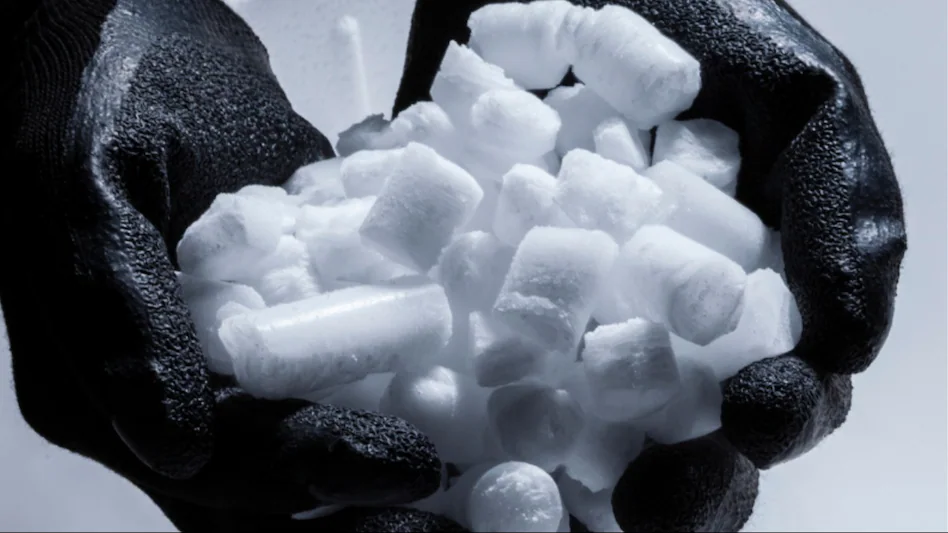On March 2, 2024, a terrifying incident unfolded at a restaurant in Gurugram, shaking the community and drawing attention to the lethal nature of dry ice. Mistakenly offered to diners as a mouth freshener, the substance caused them to vomit blood, sparking concern and prompting warnings from authorities.
Both the Food Safety and Standards Authority of India (FSSAI) and the United States Food and Drug Administration (FDA) have classified dry ice as a hazardous substance. According to these agencies, even minimal contact with dry ice, let alone ingestion, can result in severe damage to skin and internal organs due to its extremely low temperatures.
The FSSAI, in a note dating back to October 11, 2019, underscored the risks associated with dry ice, emphasizing the importance of proper handling and ventilation. The agency urges food businesses and citizens alike to exercise caution and awareness when using dry ice as a cooling agent.
Similarly, the US FDA warns against the unsafe handling of dry ice, stressing the potential for serious injuries if mishandled. The FDA advises retail food establishments to implement strict procedures and training to minimize risks associated with dry ice.
The Centers for Disease Control and Prevention (CDC) echo these sentiments, cautioning against direct contact or ingestion of dry ice and emphasizing the necessity of protective gear and adequate ventilation.
What is Dry ice?
Dry ice, like regular ice made from water, is a solid form, but it’s unique in that it transitions directly from a solid to a gas without passing through a liquid phase. This process is known as sublimation, where the solid substance changes directly into a gas without melting into a liquid first. This characteristic is why it’s referred to as “dry” ice.
Is Dry ice harmful?
Dry ice poses a significant risk in confined areas with poor ventilation due to its transformation into carbon dioxide gas as it melts. Unlike regular ice, which melts into water, dry ice undergoes sublimation, transitioning directly from a solid to a gas.
In small, poorly ventilated spaces, the released carbon dioxide gas can accumulate, leading to dangerous levels. If there’s a substantial buildup of carbon dioxide, individuals may experience unconsciousness, and in severe instances, it can even result in fatalities.
This risk underscores the importance of handling dry ice with caution and ensuring adequate ventilation in areas where it’s being used or stored to prevent potentially life-threatening situations.
The incident at the Gurugram restaurant, captured on video and shared widely on social media, has led to repercussions for the waiter involved, with a First Information Report filed against them. Meanwhile, those affected are undergoing treatment in hospitals, serving as a stark reminder of the importance of proper handling and awareness when dealing with hazardous substances like dry ice.



















+ There are no comments
Add yours